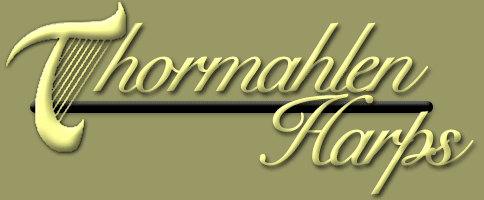|
| The Great Blue Heron
If you decide to get the Oval Blue Heron inlay, I thought it would be nice for you to know something about the heron. I researched the web and this is what I found. First, I just want to say that the Great Blue Heron is my favorite bird. It seems so majestic, graceful, intelligent, and aware. I have lived in many west coast areas where they live. They are a large bird, with a slate-gray body, chestnut and black accents, and very long legs and neck. Between 3 and 4 feet in length, the males are a little larger than the females. On the right is the Great White Heron. These white herons are most often found in Florida and New Zealand. . The scientific name is Ardea Herodias (pronounced ARE-dee-ah her-ODE-ih-as. Ardea means "heron" in Latin. Herodias means "heron" in Greek. I guess that makes them a "heron heron."
With a six-foot wingspan the heron looks enormous when flying. They weigh between 5 and 8 pounds which makes it amazing that they can fly. Typically when flying, the heron holds its head in toward its body with its neck bent and are often seen flying high overhead with slow wing beats.
When feeding, it is usually seen in slow-moving or calm salt, fresh, or brackish water.
They stand silently along riverbanks, lake shores, or in wet meadows, waiting for prey. They will also stalk prey slowly and deliberately. Although they hunt predominantly by day, they may also be active at night. While walking along the Smith River in Northern California, my friends and I spotted a Great Blue Heron. We thought it would be fun to watch it fly away, so we slowly walked toward it. When we were about a football field away, I decided not to disturb it. My friend kept going and got to within 30 feet from it. It still didn't fly away, so she backed off and also decided to respect its place on the rocks. It was one of those rare magic moments of life.
Here are some white herons during their mating rituals.
Most breed in the spring, but in the lower climates, birds can have two broods-spring and fall. Females lay three to five pale blue-green eggs, and both the male and female share incubation. The hatched chicks are fed by both parents for about 6 weeks when they are developed enough to fly.
They are solitary or small-group foragers, but they nest in colonies called heronry.
Great blue herons generally have one mate per breeding season. Both parents care for the chicks until they are ready to leave the nest.
The great blue heron lives in and around salt and freshwater environments. In Oregon, they may be found all along the coast and the inland rivers, streams, and lakes. In the evenings, we often walk our dog about a mile from our home in a wetlands area and see the Blue Herons flying up or down the river that borders the area. I always love it when that happens.
The oldest, wild, great blue heron was said to be 23 years old, but most do not live that long. The average lifespan for a great blue heron is around 15 years. Back to the inlay page |
|
Thormahlen Harps
| 1876 SW Brooklane Corvallis, Oregon 97333 | (541) 753-4334 | harps@thorharp.com |













